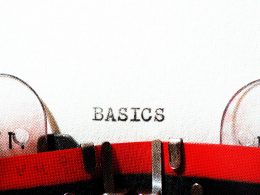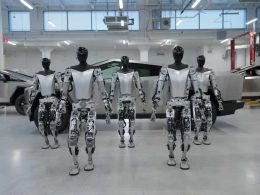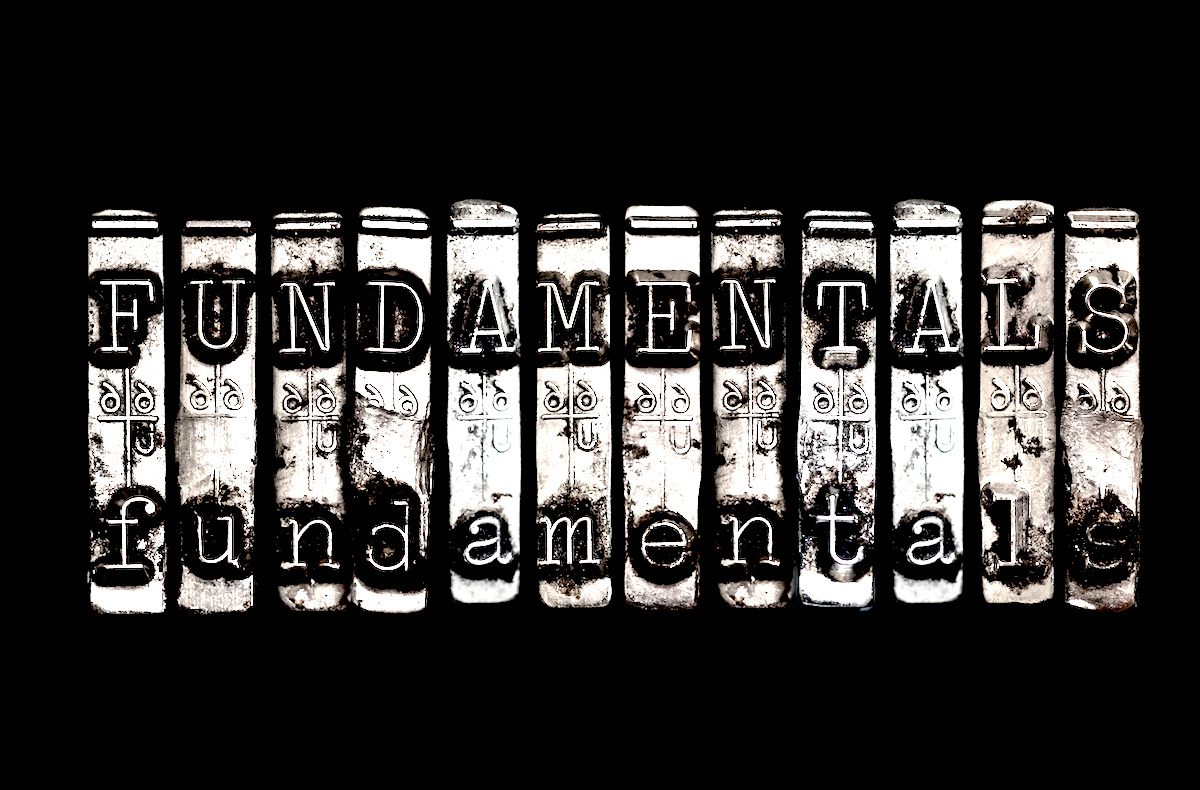The U.S. economy isn’t following the script. Rates are high, but unemployment hasn’t spiked. Tariffs are at century-long highs, yet inflation hasn’t surged. Housing looks like it’s in a recession, but prices keep rising. Frances Donald, Chief Economist at RBC, puts it plainly1: “The answer to the disconnects, in our view, lies in a series of medium to long-term disruptions that are distorting an economy’s typical responses, and muting the standard ‘economic cycle.’”
Along with Senior Economist Mike Reid and Economist Carrie Freestone, Donald highlights five big forces reshaping the economy. Together, they argue we’re in a period of Stagflation Lite—growth too weak for comfort and inflation too sticky for relief—but more importantly, we’re in a world where structural shifts are overpowering the old cycle.
1. Tariff Head Fakes: A Cycle Distorted
Tariffs are messing with the data. As they explain, “Imports and inventories surged in Q1 and Q2 on tariff front-running, creating large swings in headline gross domestic product, and an ‘air pocket’ between the implementation of tariffs, and its impact on both inflation and jobs.”
In the near term, tariffs will mean higher prices into 2026 and weaker job growth. Longer term, businesses are reworking supply chains, which adds costs but also lays the groundwork for a new global order. They warn that economists need to “reduce convictions in timelines around impact, and visibility into 2025 and 2026 forecasts.”
The takeaway: GDP and inflation numbers will be noisy, manufacturing will lose value as a leading indicator, and trade-exposed industries will move out of sync with the rest of the economy.
2. Two Americas: The K-Shape Divide
High-income households are still spending freely, helped by rising asset values and higher savings returns. Meanwhile, lower- and middle-income families are being crushed by rent and food inflation. They note, “Low- and middle-income households largely missed out on wealth gains, and have also felt larger inflationary burdens as rent and food price increases are disproportionately painful for this group.”
This split makes it harder to read consumer data. Surveys that capture household sentiment skew toward those struggling, while spending is increasingly driven by the wealthy. They add, “Aggregate economic data is also likely overstating the economic circumstances of many Americans.”
The takeaway: Confidence surveys are less useful, averages mask widening inequality, and forecasting requires a sharper look at high-income consumers who drive most spending.
3. America Needs Workers, Not Jobs
The labor market looks strong on the surface, but demographics are changing the game. Retirements are accelerating, immigration is low, and job growth has slowed from 168,000 a month in 2024 to just 74,000 in 2025. Yet unemployment remains tight. As the team puts it, “The U.S. economy needs to create fewer jobs for fewer workers.”
Health care dominates new job creation, not because of a booming cycle but because an aging population demands it. Government jobs are growing too, further softening the link between jobs and the cycle.
The takeaway: The unemployment rate is a weaker signal, wage growth will be harder to slow, and with 20% of U.S. income now from government transfers, consumption is less tied to business cycles.
4. Forever Big Government
Federal spending is at record levels. That props up the economy but caps its speed. They explain, “Like guardrails on an economy, the sheer magnitude of government spending limits how weak the economy can become in aggregate.”
The flip side is slower productivity and higher debt costs. Fiscal policy now matters more than monetary policy, and Freestone points out that health care, social assistance, and public sector jobs make up one in three jobs in the U.S.
The takeaway: The government is muting recessions, but also limiting upside growth. Policy, especially fiscal, is increasingly steering the economy.
5. Housing: A Lost Growth Engine
Housing, once the economy’s leading indicator, is broken. Sales are at global financial crisis lows, affordability is at record lows, and confidence has collapsed. Yet prices keep rising.
Rates are high, homeowners are locked into cheap pandemic mortgages, and supply is tight. “Housing is, at least for now, a lost growth engine for the U.S. economy,” they emphasize.
The takeaway: Housing no longer signals the cycle, monetary policy is less effective, and rents are becoming the real swing factor.
Looking Beneath the Surface
They sum it up best: “These disruptions make clarity on the U.S. outlook more difficult, but not impossible. They necessitate a shift in the way we think about the business cycle, cyclical vs. structural trends, and even the way we absorb monthly economic data.”
In other words, the old rules don’t apply. To understand where the U.S. economy is headed, you have to look past the headlines and pay attention to the structural shifts reshaping growth, inflation, and opportunity.
Footnote:
1 RBC Economics. Donald, Frances. Reid, Mike. Freestone, Carrie. “Five disruptors to the U.S. economic cycle." RBC, 15 Sept. 2025













